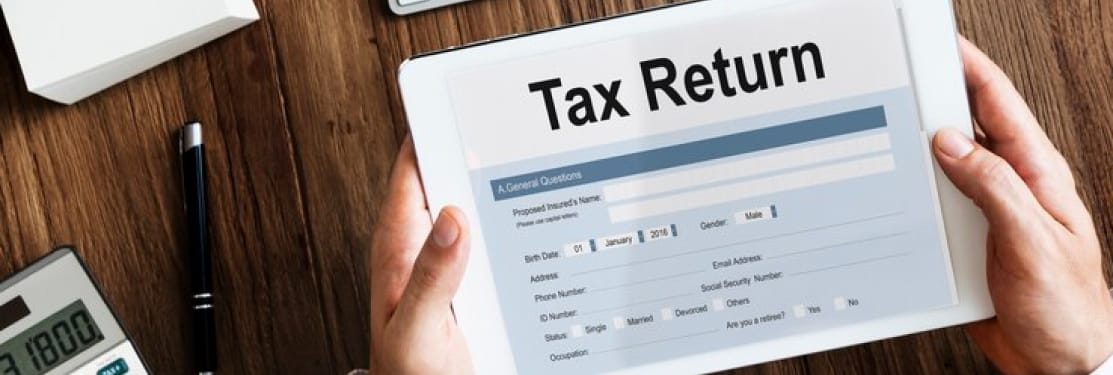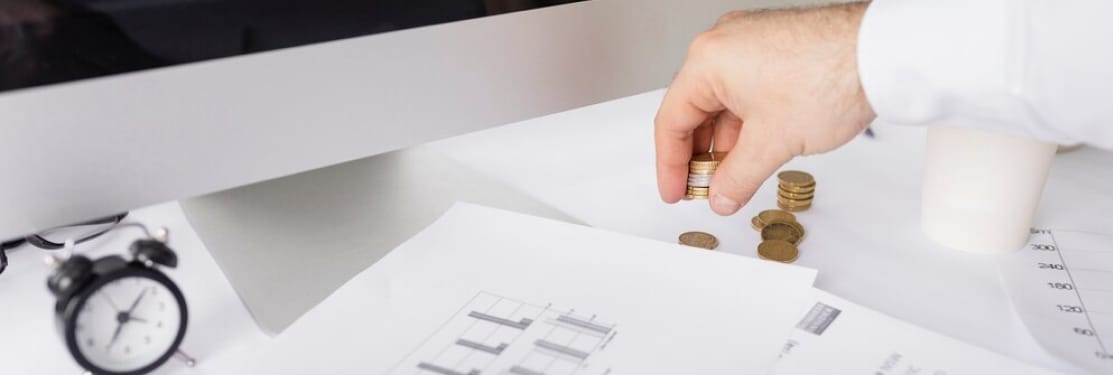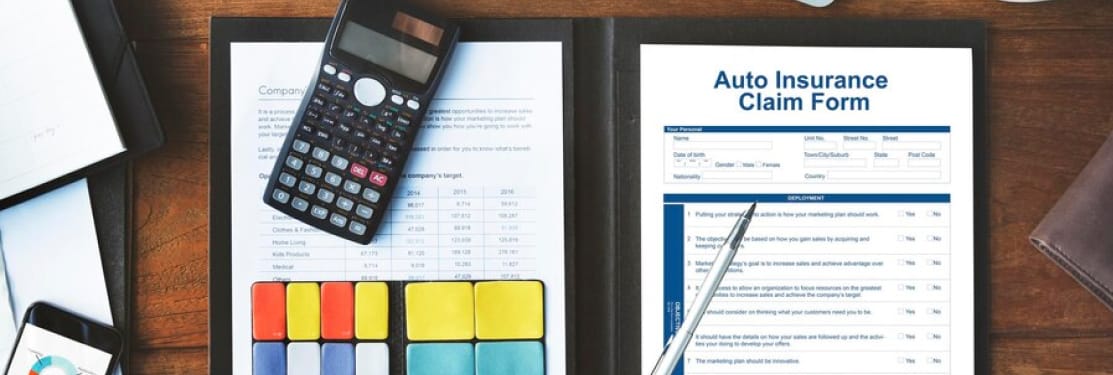Steps to Take After Receiving a Tax Refund
Take a moment to evaluate your current financial situation. Consider factors such as outstanding debts, savings goals, and upcoming expenses to determine how best to allocate your tax refund:
If you have outstanding high-interest debt, such as credit card balances or personal loans, consider using your tax refund to pay down these debts. By reducing high-interest debt, you can save money on interest payments and improve your overall financial health.

If you don't already have an emergency fund in place, consider using your tax refund to start one. Aim to set aside three to six months' worth of living expenses in a high-yield savings account to cover unexpected expenses or financial emergencies. If you're not already contributing to a retirement savings account, such as a 401(k) or IRA, consider using your tax refund to start or boost your retirement savings. Saving for retirement early can help you secure your financial future and take advantage of compound interest over time.

Consider using your tax refund to invest in yourself or your family's education. Whether it's funding a college savings account for your children or investing in your own professional development, allocating funds towards education can provide long-term benefits. If you're a homeowner, using your tax refund for home improvements or repairs can increase the value of your property and enhance your living environment.
Consider projects such as upgrading appliances, renovating outdated rooms, or addressing maintenance issues. Giving back to your community can be a rewarding way to use your tax refund. Consider donating a portion of your refund to charitable organizations or causes that are meaningful to you. Not only can charitable giving make a positive impact, but it may also provide tax benefits in future years.

If you consistently receive large tax refunds each year, it may be worth reviewing your tax withholding to ensure you're not overpaying taxes throughout the year. Adjusting your withholding allowances can increase your take-home pay and provide more flexibility with your finances. Finally, use your tax refund as an opportunity to set or revisit your financial goals. Whether it's saving for a down payment on a home, starting a business, or traveling the world, having clear financial goals can help guide your spending and saving decisions.

By following these steps, you can make the most of your tax refund and take positive steps towards achieving your financial goals. Whether you choose to pay down debt, save for the future, or invest in yourself, using your tax refund wisely can set you on the path to financial success.